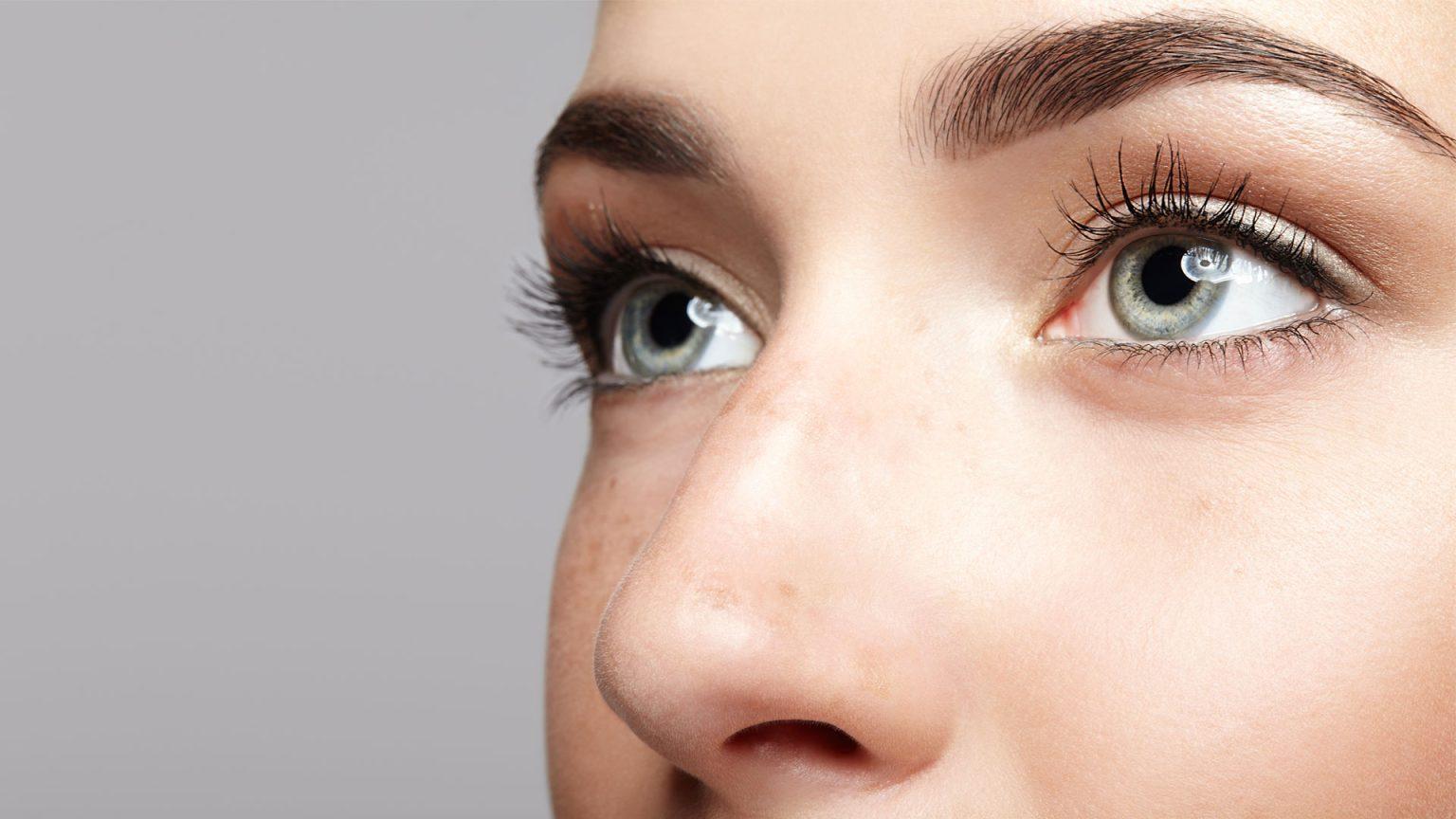Your tears are incredibly complex, made up of thousands of molecules in two dynamic layers; the surface oily layer preventing evaporation of your tears and stabilising the tear film; and the inner watery layer lubricating, providing nutrients, and defending against infection.
Normally, tear production and evaporation and drainage are in equilibrium. If something disrupts this balance, it leads to increased tear saltiness, inflammation, potential damage to the ocular surface and symptoms. This vicious cycle is dry eye disease.
If your oily layer is too thin, in between blinks the watery layer is exposed and begins to evaporate. In response you produce more watery tears to protect the integrity of the ocular surface, often leading to wateriness, but not relief of symptoms. This oily layer is produced by meibomian glands in the upper and lower eyelids. Problems with the quality or quantity of oils produced by these glands is called Meibomian Gland Dysfunction (MGD) or posterior blepharitis.
If your watery layer is deficient, there are not enough tears to sufficiently lubricate the eye on blinking, leading to discomfort from friction, and potentially ocular surface damage from dryness.
Diagnostics in our comprehensive consultation assess your symptoms, the stability and volume of your tears, and include thorough anterior eye examination, inflammatory markers, tear osmolarity, interferometry, meibography and esthesiometry.
SYMPTOMS
SYMPTOMS
- Itching
- Burning
- Grittiness
- Stinging
- Discomfort
- Redness
- Pain
- Wateriness
- Discharge
- Light sensitivity
- Tired eyes
- Blurred or fluctuating vision
- Puffy eyelids
- Eyelash scales
These symptoms may be worse first thing in the morning or at the end of the day.
Exacerbated by computer or device use, driving, contact lens wear, cold, dry or windy environments.
Dry eye disease affects approximately 1/3 of adults, and can have a significant impact on our quality of life. Factors that can increase your risk of developing dry eye disease include:
- Ageing
- Female
- Ethnicity
- Hormonal changes
- Blepharitis
- Meibomian gland dysfunction
- Environmental factors
- Other health conditions
- Some medications
- Contact lens wear
- Reduced blink rate
- Abnormal lid position
- Previous eye injury or surgery
TREATMENT
Management of dry eye disease is highly individualised and tailored specifically to you, and the underlying cause of your condition.
Lid hygiene
Ocular lubricants
Eye-light Intense pulsed light (IPL) and low level light therapy (LLLT)
photobiomodulation mask
Tixel
Punctal plugs
The key to alleviating your dry eye disease symptoms is identifying the underlying cause of your condition. This understanding enables your specialist clinician to design a personalised management plan to break the vicious cycle of inflammation, restore balance to your tears, and provide relief.
FAQ's
Dry eye disease is a chronic, management condition. This means it is long-term and can recur, perhaps seasonally or if something disrupts balance of the tear film. It requires ongoing management to maintain comfort, in combination with treatment of the underlying cause.
Book a CONSULTATION
Find out if you’re a suitable candidate for dry eye treatments by booking a free consultation at Cathedral Eye Clinic.
Simply fill out the form below, and a member of our team will be delighted to assist you.

